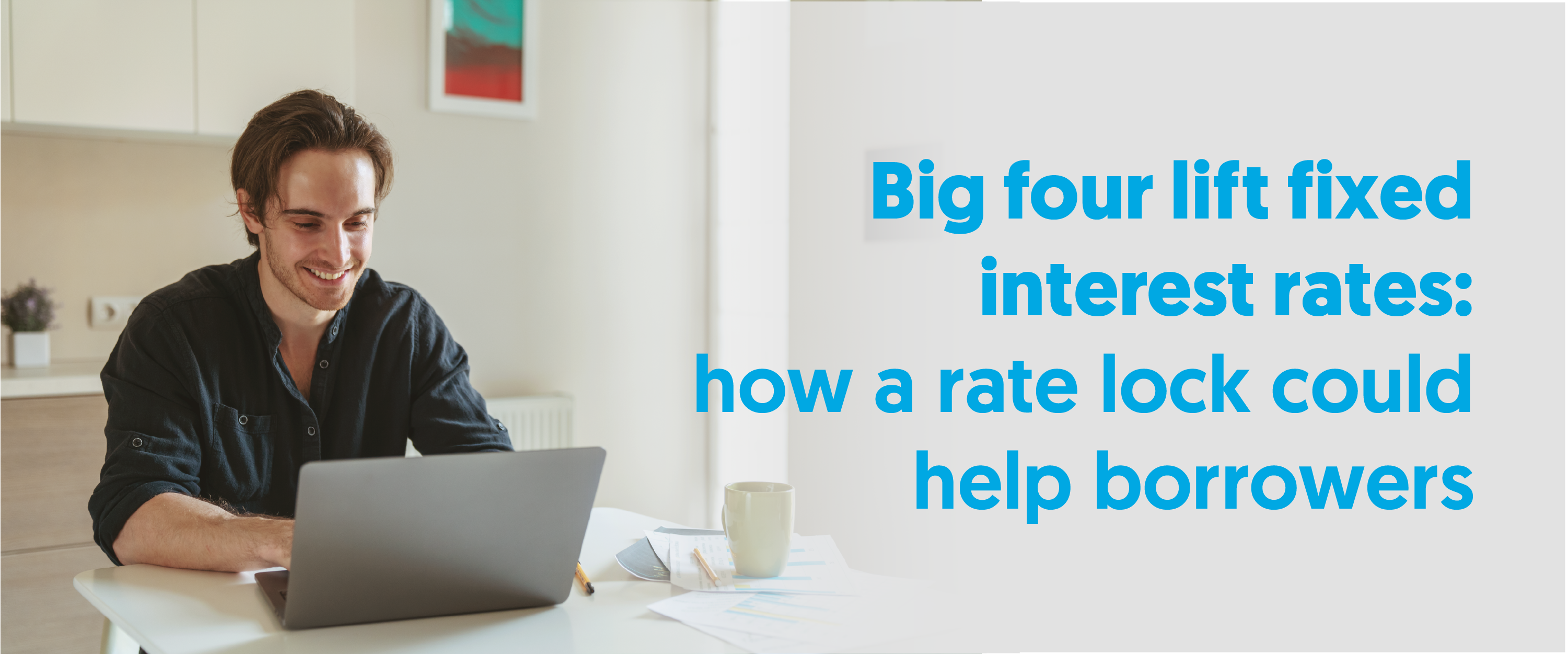
The big four banks are all now predicting the cash rate will start rising as early as June with some economists predicting the official rate could go as high as 3% over the next few years.
The cash rate is a number the Reserve Bank of Australia sets that indicates the interest that banks or lenders pay on the money they borrow. This then impacts the interest rates they set on products such as home loans, so the higher the cash rate and therefore the amount lenders need to pay to borrow the money, the higher your interest rate will likely be for your home loan.
Currently the cash rate is set at 0.1%, and it has been at this all-time low since November 2020. This wasn’t anticipated to change until late this year or even next year, however Commonwealth Bank, ANZ, NAB and Westpac have all revised their cash rate forecasts within a range of 1.75% through to 3% by 2024 with most expecting the first hike to happen as early as June 7 this year.
Because of this, we are already seeing lenders raise their fixed interest rates, with all the big four lifting their rates in April, and further hikes anticipated by many.
An important consideration for home buyers is that interest rates can change even between when you apply for a loan and your settlement date. This could mean your repayments could be different than you anticipated, potentially costing thousands of dollars, especially if you have applied for a long-term fixed-rate mortgage.
A feature that you may choose to consider in this current environment of increasing interest rates is a ‘rate lock’. This enables you to secure a rate, meaning even if interest rates rise, yours won’t.
For example, if as a buyer you apply for a mortgage with a fixed interest rate of 3%, a rate lock will ensure that even if the fixed rate moves to 3.25% by the time your property settles, you’ll still pay the locked-in rate of 3%.
This feature does usually come with a price tag – tending to range from free up to about 0.2% of the loan amount. So for a $400,000 loan this amount could be around $800, though it is usually lower than this.
If you’re buying, you’ll need to weigh up the risk of interest rates rising before your settlement date and consider whether the fee will be more expensive than the cost of increased interest over the rate-lock period. Also, the fee is payable when applying for the loan and may not be refunded if the application is rejected.
If you’re considering purchasing a property we can discuss the pros and cons and run the calculations for you to help you determine if a rate lock could be a good idea for you.
